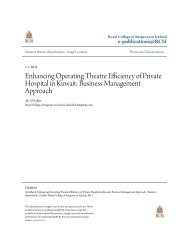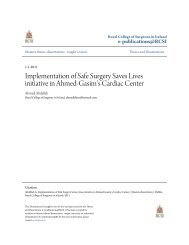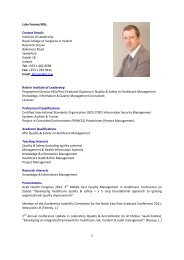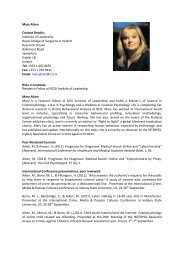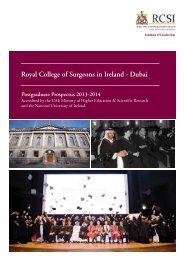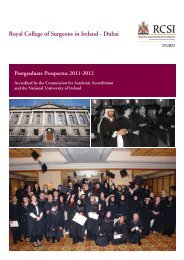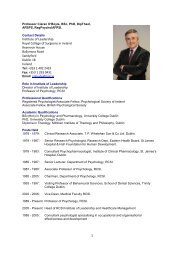Improving the Assessment and Triage of Patients with Mental Illness ...
Improving the Assessment and Triage of Patients with Mental Illness ...
Improving the Assessment and Triage of Patients with Mental Illness ...
Create successful ePaper yourself
Turn your PDF publications into a flip-book with our unique Google optimized e-Paper software.
must analyse <strong>the</strong>ir surroundings <strong>and</strong> adapt to engage in new challenges. If managers don’t<br />
have a h<strong>and</strong>le on <strong>the</strong>ir organisation’s culture, it is very difficult to communicate goals <strong>and</strong><br />
objectives to <strong>the</strong> employees <strong>the</strong>reby resulting in apathy <strong>and</strong> indifference (Davidson, 2010).<br />
Muldrow et al (2002) support this in suggesting that employees’ behaviours <strong>and</strong> attitudes<br />
towards <strong>the</strong> organisational values will contribute to <strong>the</strong> success or failure <strong>of</strong> any change<br />
process no matter how well it is planned. Change should be understood <strong>and</strong> managed in a<br />
structured way <strong>with</strong> realistic goals <strong>and</strong> objectives.<br />
Analysing <strong>the</strong> culture <strong>of</strong> <strong>the</strong> ED was considered an important aspect prior to<br />
commencing <strong>the</strong> change process. Roger Harrison’s (1972) “Organisational Culture<br />
Questionnaire” (as cited in Brown (1998)). The questionnaire describes four types <strong>of</strong><br />
organisational culture: power, role, person <strong>and</strong> task. It was determined using Harrison’s<br />
questionnaire that <strong>the</strong> ED represents a power <strong>and</strong> role culture mix however during <strong>the</strong> process<br />
<strong>of</strong> <strong>the</strong> change a task culture became evident which Knowles et al (2002) describes as a team<br />
approach where <strong>the</strong> focus is on <strong>the</strong> mission <strong>of</strong> <strong>the</strong> organisation <strong>and</strong> <strong>the</strong> end is <strong>the</strong><br />
predetermined goal. This knowledge <strong>of</strong> <strong>the</strong> culture was important when proceeding <strong>with</strong> this<br />
change management project.<br />
3.3 The Change Model<br />
This project will focus on <strong>the</strong> Health Service Executive (HSE) Change Model<br />
(Appendix G). The objective <strong>of</strong> this study was <strong>the</strong> implementation <strong>of</strong> a change management<br />
project. The steps involved in <strong>the</strong> change model that was chosen will be outlined in<br />
conjunction <strong>with</strong> <strong>the</strong> processes involved in carrying out <strong>the</strong> change project. The model used<br />
had been commissioned by <strong>the</strong> HSE management team in 2008 <strong>with</strong> its primary focus on<br />
change implemented across <strong>the</strong> Health Services. The model was developed for a variety <strong>of</strong><br />
reasons including:<br />
• To improve <strong>the</strong> experience <strong>of</strong> patients <strong>and</strong> service users<br />
• To help staff <strong>and</strong> teams play a meaningful role in working toge<strong>the</strong>r to improve<br />
services<br />
15




